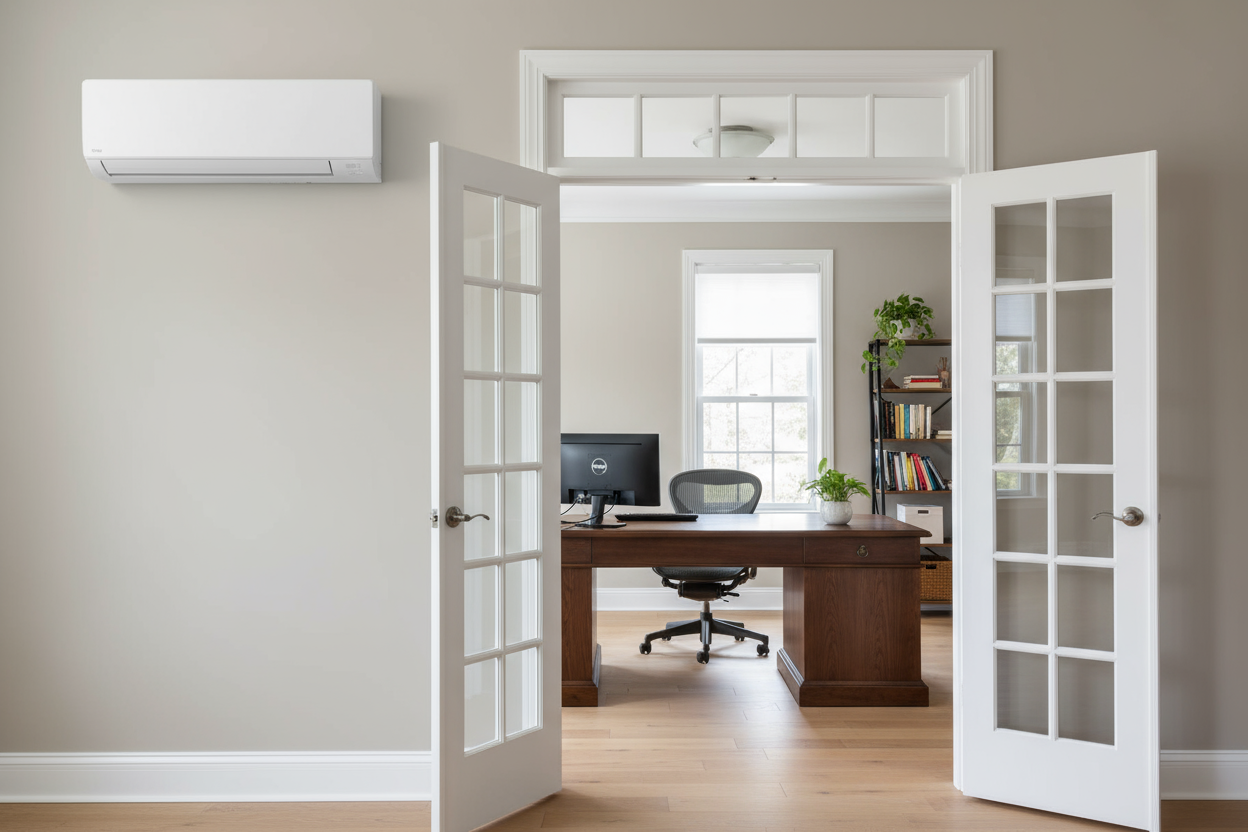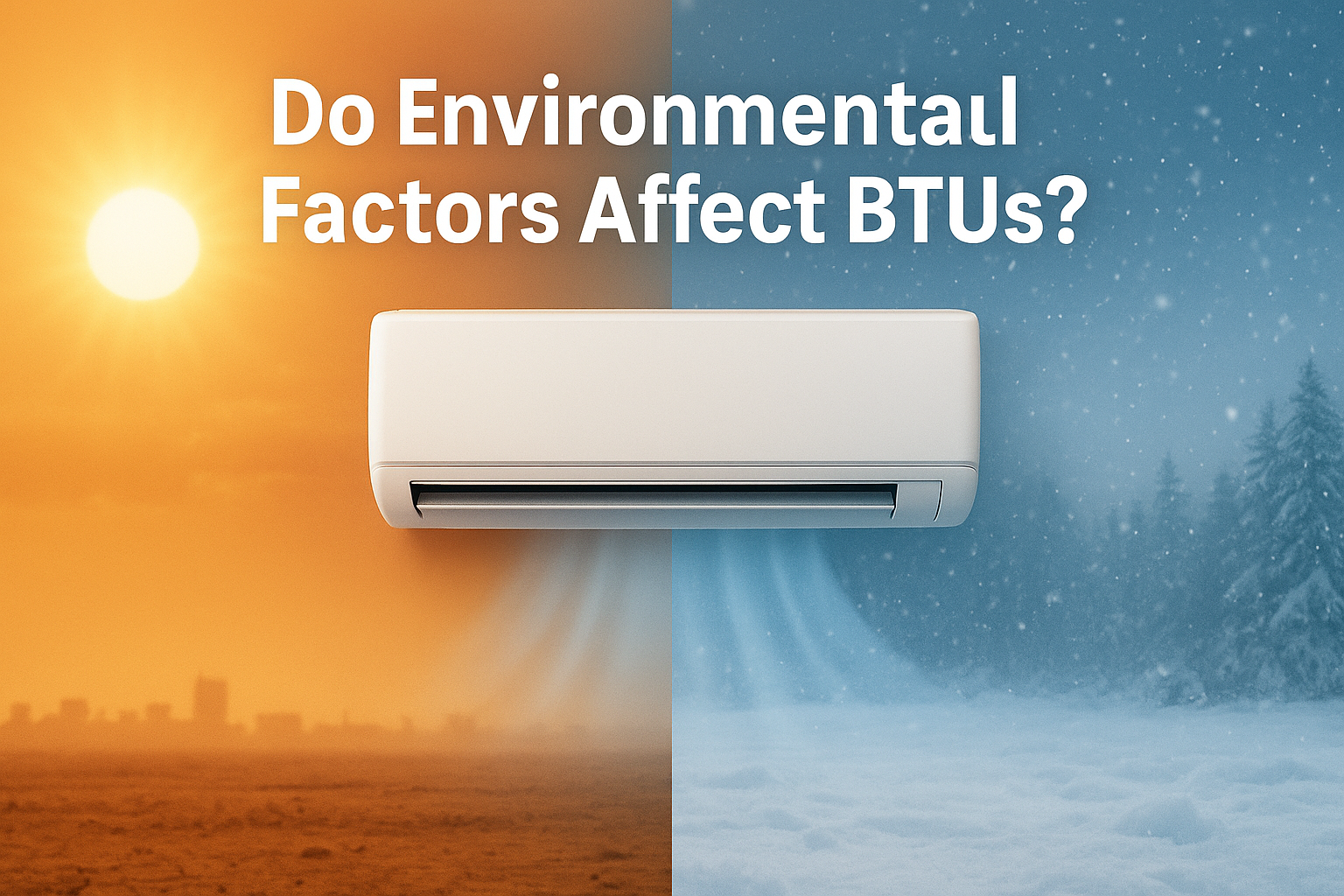A Step-by-Step Guide to Applying for Federal Tax Credits & Rebates When Purchasing an Energy Star Certified Ductless Mini Split Air Conditioner (2025 Update)
Disclaimer: This is not financial or tax advice. Consult a tax professional to determine if you qualify for any tax credits, claims, or deductions.
Upgrading to an Energy Star-certified ductless mini split air conditioner, such as the TURBRO Greenland series, can significantly reduce your energy bills while enhancing your indoor comfort. Even better, you may qualify for federal tax credits and rebates that make your investment even more worthwhile.
This guide outlines the complete process for determining your eligibility, gathering the right paperwork, filling out IRS forms, and successfully claiming your credit.
Step 1: Check If Your Unit Qualifies
Before applying for any tax incentives, you must first confirm that your system qualifies under current IRS and Energy Star guidelines.
Visit the Energy Star website to verify that your specific model qualifies for federal energy efficiency tax credits. You can also review the product’s AHRI certification and Energy Guide label, which confirms that your system complies with the necessary criteria. For TURBRO systems, you’ll find these documents on the TURBRO Manuals page.
It’s also worth reviewing the latest IRS guidance to ensure your equipment meets any updated requirements, such as minimum SEER2 ratings or energy efficiency ratios for cooling and heating.
To make it easier, you can consult your local tax preparer or CPA for advice on the Energy Efficient Home Improvement Credit and to help confirm if your unit qualifies based on your financial situation.
Step 2: Gather Required Documentation
Accurate documentation is essential when applying for tax credits. Having everything organized beforehand can help ensure a smooth application and reduce the risk of your claim being delayed or denied.
First, save a detailed receipt from your retailer that shows the purchase date, the model and serial number, the total cost of the unit, and any installation charges. You will receive this via email after ordering from TTURBRO, but you can always ask our customer service to send a copy if you can’t find it.
If you had the unit professionally installed, ensure your invoice separates material and labor costs. This distinction matters because only equipment costs may qualify for certain credits, while labor expenses may or may not be included depending on the type of improvement.
Next, request a Manufacturer’s Certification Statement from TURBRO. This is a signed statement confirming that the product meets the criteria for the federal energy tax credit. TURBRO provides access to this and related documentation, including AHRI certificates and Energy Guides, at https://www.turbro.com/pages/manuals. Keep a printed or digital copy of the certificate with your tax documents. You don’t have to submit this statement with your taxes, but you should retain it for your records in case of an audit.
You’ll also need to download and complete IRS Form 5695, which is used to claim Residential Energy Credits. It contains sections for both renewable energy systems and energy-efficient home improvements, such as ductless mini split air conditioners.
Step 3: Fill Out IRS Form 5695 Correctly
IRS Form 5695 may seem complicated, but it’s manageable if you follow the instructions carefully.
For claiming a tax credit on a ductless mini split air conditioner, you'll mainly use Part II – Nonbusiness Energy Property Credits. In this section, you’ll enter the cost of the qualified energy-efficient equipment, installation costs if allowed under the current IRS rules, and retain the manufacturer’s certification as proof of eligibility.
Be aware that labor costs may not always be eligible, so it’s essential to review the IRS instructions for Form 5695 or talk to a tax advisor for clarification. If your installation involved significant electrical or structural work, you may need to itemize those expenses separately. Once completed, the form will calculate the amount of the credit you can claim, which you'll then include in your 1040 tax return.
Step 4: Submit Your Tax Return with Supporting Forms
When you’re ready to file your federal income tax return, include your completed Form 5695 with your tax documents. If you're filing electronically using tax software, most platforms will guide you through the process of filling out the energy credit form. If you're working with a tax preparer, provide them with your completed Form 5695 or all the details needed to fill it out, along with copies of your purchase receipt and certification documents.
Always keep copies of your return, Form 5695, and all supporting documents, including receipts and manufacturer statements, for your records. You’re not required to submit these with your tax return, but you may need them if the IRS requests verification.
Step 5: Calculate and Claim Your Tax Credit
Once you've filed your return with IRS Form 5695, you’ll receive a tax credit based on your eligible system costs. As of 2025, qualifying homeowners may receive up to 30% of eligible costs, with an annual maximum credit limit of $1,200 for energy-efficient improvements or more if combined with other upgrades.
Let’s say you spent $4,500 on a TURBRO Greenland system. At 30%, your tax credit could be $1,350. However, because the maximum credit for the year is capped at $1,200, you may be eligible for the full amount of $1,200.
Remember that tax credits reduce the amount of tax you owe, not your taxable income. So if you owe $2,000 in federal taxes, a $1,200 energy credit would lower your tax bill to $800. Note that unused credits do not carry over to the following year under current rules, so be sure to apply during the tax year in which the system was purchased and installed.
Other Incentives to Explore
While this guide focuses on federal tax credits, you might be eligible for additional state or local rebates, utility incentives, or manufacturer promotions. These vary by location and provider, but can often be combined with federal credits to maximize your savings.
To explore more options, use the Database of State Incentives for Renewables & Efficiency (DSIRE), check your utility company’s website, or ask your installer about local rebate programs.
Conclusion
Investing in an Energy Star-certified mini split system like the TURBRO Greenland series offers both comfort and cost savings. By taking a few extra steps to gather the right documents and file the correct forms, you can access valuable federal tax credits that make your energy-efficient upgrade even more affordable.
Make sure to double-check all eligibility requirements, save your receipts and certification documents, and file IRS Form 5695 with your return. When in doubt, consulting a licensed tax preparer or accountant can help you get the maximum benefit while staying compliant with IRS rules. With the right planning and paperwork, you can enjoy a more energy-efficient home and a smaller tax bill while contributing to a more sustainable future.






3 comments
I would like to know more about this product. I live in Massachusetts so I like to know if you have any places or stores in the state. Also I need a unit that do air and heat.
This is the first time I have heard of this product. I am interested in learning more about this. Can the unit be used for heat as well as A/C? And do also do installation? I am in Indiana, you sell and install in this area?
do you do installation and help with tax break with puschase